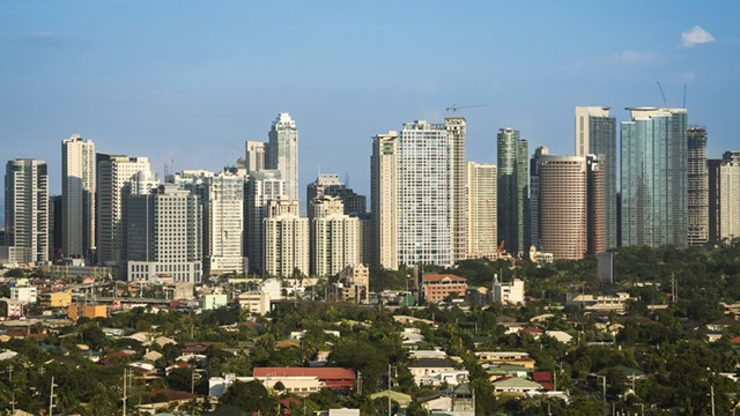SUMMARY
This is AI generated summarization, which may have errors. For context, always refer to the full article.

MANILA, Philippines – Philippine foreign direct investment (FDI) reached only $448 million in net inflows in January 2023, a drop of 45.7% from the net inflows recorded in the same period in 2023, which hit $824 million.
According to the Bangko Sentral ng Pilipinas (BSP), the slowdown in FDI was mostly due to fewer net investments in debt instruments and equity capital, which fell by 56.6% and 13.1%, respectively.
Reinvestment of earnings increased by 4.1%, but this wasn’t enough to offset the decrease from other sources.
“FDI net inflows declined during the month amid global economic uncertainties and high inflation, which continued to weigh on investor decisions,” the BSP said in a press release on Tuesday, April 11.
Inflation in January reached 8.7%, the highest level recorded since November 2008.
Here is the trend on FDIs from January 2020 to January 2023 based on data from the BSP:
The BSP defines FDI as “investment by a non-resident direct investor in a resident enterprise, whose equity capital in the latter is at least 10 percent, and investment made by a non-resident subsidiary/associate in its resident direct investor.” The investments can be in the form of equity capital, reinvestment of earnings, and debt instruments.
Net investments in debt instruments, which usually make up the bulk of FDI, includes intercompany borrowing and lending between foreign direct investors and their subsidiaries or affiliates in the Philippines.
For the period covered, gross placements of equity capital came mostly from Japan, Singapore, and the US.
The top industries receiving these investments were manufacturing at 48%, finance and insurance at 27%, and real estate at 13%. The remaining 11% were invested in other industries. – Rappler.com
Add a comment
How does this make you feel?
![[ANALYSIS] Why do we pay higher power rates when we have power outages?](https://www.rappler.com/tachyon/2024/07/tl-higher-power-rates-higher-power-outages.jpg?resize=257%2C257&crop=401px%2C0px%2C1080px%2C1080px)
![[Vantage Point] Philippine economic reforms run into headwinds](https://www.rappler.com/tachyon/2024/05/ph-economic-headwind-may-2024.jpg?resize=257%2C257&crop_strategy=attention)
![[ANALYSIS] Promoting PPP via a sufficiently empowered media](https://www.rappler.com/tachyon/2024/04/PPP-and-media.jpg?resize=257%2C257&crop=365px%2C0px%2C720px%2C720px)
![[In This Economy] Here’s a new paper by UP economists on economic charter change](https://www.rappler.com/tachyon/2024/04/TL-foreign-direct-investments-apr-12-2024.jpg?resize=257%2C257&crop=299px%2C0px%2C720px%2C720px)

![[EDITORIAL] Apat na taon na lang Ginoong Marcos, ‘di na puwede ang papetiks-petiks](https://www.rappler.com/tachyon/2024/07/animated-bongbong-marcos-2024-sona-day-carousel.jpg?resize=257%2C257&crop=280px%2C0px%2C720px%2C720px)
![[In This Economy] Delulunomics: Kailan magiging upper-middle income country ang Pilipinas?](https://www.rappler.com/tachyon/2024/07/in-this-economy-upper-middle-income-country.jpg?resize=257%2C257&crop=421px%2C0px%2C1080px%2C1080px)

![[EDITORIAL] Marcos Year 2: Hilong-talilong](https://www.rappler.com/tachyon/2024/07/animated-bongbong-marcos-2nd-sona-carousel.jpg?resize=257%2C257&crop=136px%2C0px%2C720px%2C720px)
![[Newspoint] A fighting presence](https://www.rappler.com/tachyon/2024/07/thought-leaders-a-fighting-presence.jpg?resize=257%2C257&crop=441px%2C0px%2C1080px%2C1080px)
There are no comments yet. Add your comment to start the conversation.